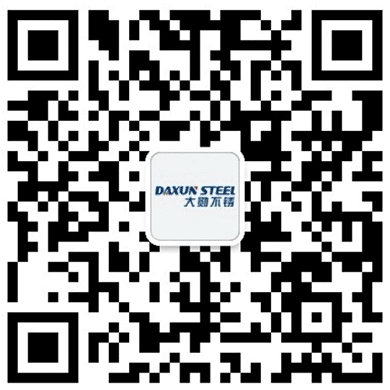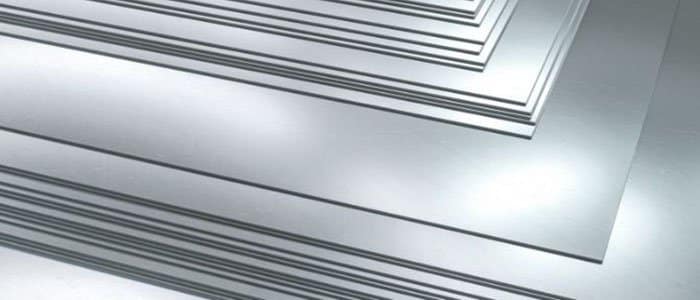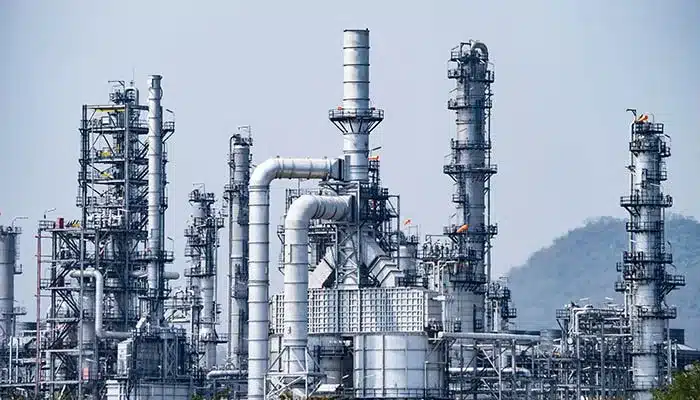In the world of metal fabrication, selecting the appropriate cutting method can significantly impact your project’s efficiency, cost, and final quality. This comprehensive guide explores various metal cutting techniques, helping you determine the best approach for your specific needs.
Shearing
Shearing is a metal fabrication process that involves cutting straight lines on flat metal stock using two blades—one upper and one lower. This method is highly efficient for straight cuts and produces minimal material waste.
Advantages:
- Fast cutting speed for straight lines
- No material loss from kerf width
- Economical for high-volume production
Limitations:
- Limited to straight cuts only
- May cause slight deformation along the cut edge
- Not suitable for thick or hardened materials
Laser Cutting
Laser cutting uses a high-powered laser beam directed by computer numerical control (CNC) to melt, burn, or vaporize material away, leaving a precise edge.
Advantages:
- Exceptional precision with tight tolerances
- Can cut complex shapes and designs
- Minimal heat-affected zone
- No tool contact, reducing material contamination
Limitations:
- Higher initial equipment cost
- Slower cutting speed on thick materials
- Limited material thickness capacity
- Higher energy consumption
Plasma Cutting
Plasma cutting ionizes gas to create plasma that conducts electricity and melts metal while high-velocity gas blows the molten material away.
Advantages:
- Fast cutting speeds on medium thickness materials
- Can cut electrically conductive materials
- More economical than laser for thicker materials
- Portable options available for field work
Limitations:
- Wider kerf than laser cutting
- Heat-affected zone can alter material properties
- Less precise for intricate designs
- Limited to conductive metals
Waterjet Cutting
Waterjet cutting uses a high-pressure stream of water mixed with abrasive particles to erode material away.
Advantages:
- No heat-affected zone, preserving material properties
- Can cut virtually any material
- Environmentally friendly process
- Excellent precision for complex shapes
Limitations:
- Slower cutting speed than thermal methods
- Higher operating costs due to abrasive consumption
- Messy process requiring proper cleanup
- Limited thickness capacity compared to some methods
Sawing
Sawing is a traditional metal cutting method that uses a blade with teeth to remove material through a mechanical cutting action. This includes band saws, circular saws, and cold saws.
Advantages:
- Minimal heat generation, preserving material properties
- Excellent for cutting thick materials
- Lower equipment and operating costs
- Simple operation and maintenance
Limitations:
- Limited to straight cuts
- Slower than some other methods
- Material loss from kerf width
- Blades require regular replacement
EDM (Electrical Discharge Machining)
EDM uses electrical discharges (sparks) to erode material in a controlled manner, typically used for hard metals or intricate shapes.
Advantages:
- Can cut extremely hard materials
- Exceptional precision for complex shapes
- No mechanical stress on the workpiece
- Can achieve very fine surface finishes
Limitations:
- Very slow cutting process
- High equipment and operating costs
- Limited to electrically conductive materials
- Not suitable for large-scale production
Choosing the Right Method for Your Project
When selecting a metal cutting method, consider these factors:
Material Type and Thickness: Different methods work better with specific materials and thicknesses. For instance, plasma excels with medium-thickness conductive metals, while waterjet can handle almost any material.
Precision Requirements: For applications requiring tight tolerances, laser cutting or EDM may be preferable.
Production Volume: High-volume production might favor faster methods like shearing or plasma cutting.
Edge Quality: If edge quality is critical, methods like laser cutting or waterjet typically produce superior results.
Budget Constraints: Initial equipment costs and operating expenses vary significantly between methods.
Conclusion
Each metal cutting method offers distinct advantages and limitations that make it suitable for specific applications. Understanding these differences is crucial for optimizing your metal fabrication processes.
At Daxun Alloy Ltd., we leverage multiple cutting technologies to ensure our clients receive optimal results for their specific applications. Our expertise in processing stainless steel, carbon steel, titanium, and various alloy materials allows us to recommend and implement the most suitable cutting method for your project requirements.
For more information about our metal cutting capabilities or to discuss your specific project needs, contact our team of experts today. We’re committed to delivering precision-cut materials that meet your exact specifications while optimizing efficiency and cost-effectiveness.




